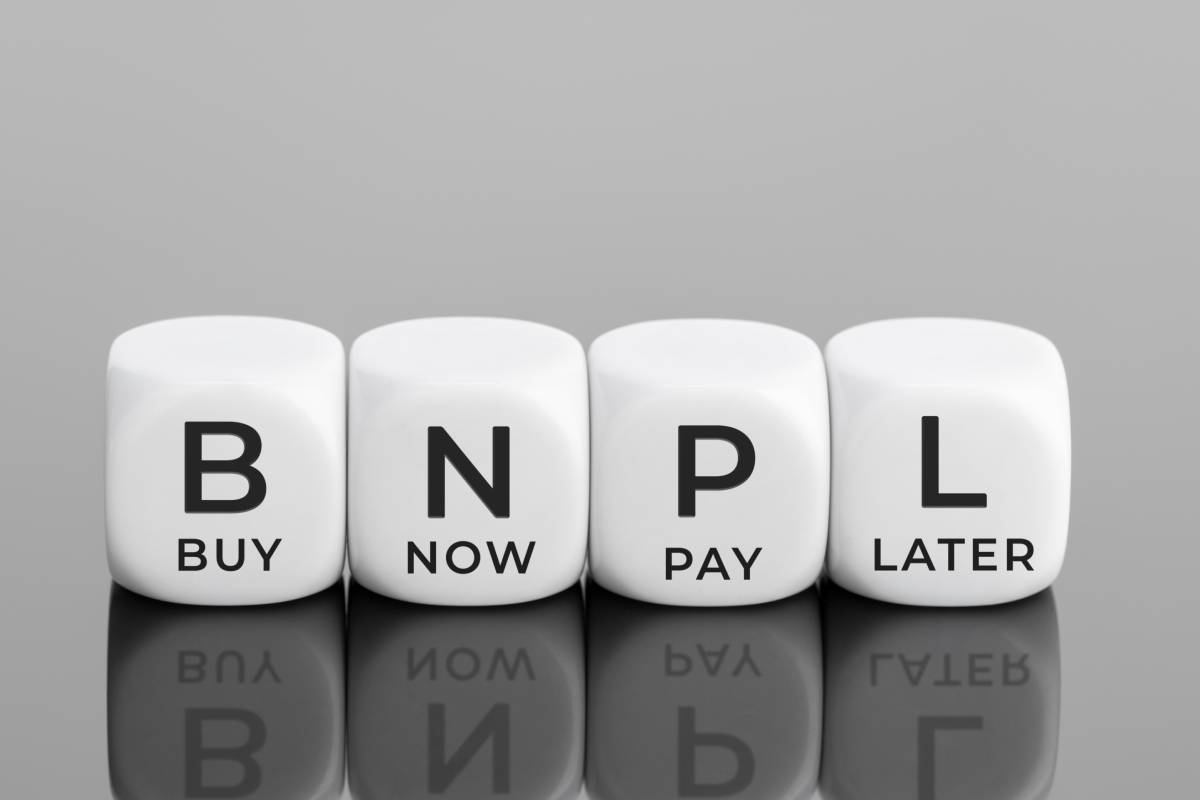Buy Now, Pay Later (BNPL) has become one of the fastest-growing ways to shop, offering instant approval and the promise of interest-free instalments. For many consumers, it feels like a convenient middle ground between paying upfront and taking on traditional credit. But as BNPL spreads across online stores and apps, so do questions about its true cost. Is Buy Now, Pay Later a smart budgeting tool or a modern debt trap wrapped in convenience? Understanding how it works is the first step toward deciding whether it’s worth using.
The basics: what BNPL actually is
BNPL is a short-term financing option that lets shoppers split the purchase price into smaller payments. Common setups include:
- Pay-in-4: four equal instalments, often paid every two weeks, with the first due at checkout.
- Pay-in-30/60: pay the full amount after a short interest-free period (30 or 60 days).
- Longer-term plans: monthly instalments over several months (3–24 months), sometimes with interest.
BNPL providers (like Affirm, Klarna, Afterpay, and many others) either pay the merchant the full price right away and collect instalments from the shopper, or act as the lender that manages credit between the shopper and the merchant. Some merchants embed BNPL at checkout; others offer it through separate apps or links.

Why BNPL became popular
Several factors have made BNPL explode in popularity:
- Low friction: The checkout process is fast and usually requires minimal hard credit checks.
- Perceived affordability: Smaller instalments feel easier to manage financially.
- Retailer incentives: Merchants often see higher conversion rates and larger average order sizes when BNPL is available.
- Marketing appeal: “0% interest” or “no fees if you pay on time” is an easy financial decision for many shoppers.
For many consumers, BNPL is a simple way to manage occasional expenses without using a credit card or taking a personal loan.
The upside: when BNPL makes sense
BNPL can be a useful tool in specific situations:
- Short-term cash flow smoothing: If you need to spread a planned purchase over a few pay cycles and can commit to on-time payments, BNPL offers predictability.
- Zero-interest, short windows: If the plan truly is interest-free and you’re certain you can pay on time, you avoid paying interest you might on a credit card.
- No or soft credit checks: For people with thin credit files who want to avoid a hard inquiry, BNPL can be a way to access small credit without immediate long-term impact.
- Planned, necessary expenses: If you budgeted the purchase, and BNPL simply aligns payments with income, it can be sensible.
In short: used sparingly, deliberately, and for small to medium purchases, BNPL can be a convenience that helps budgeting.
The risks: why critics call BNPL a trap
Despite the perks, BNPL comes with important downsides that can make it dangerous in practice:
- Late fees and penalties: Missing a payment can trigger fees, interest, or account restrictions. Those small instalments add up quickly when penalties are applied.
- Easier overspending: The frictionless nature of BNPL can encourage impulse buys and larger purchase amounts. Buyers tend to spend more when payments are split.
- Multiple concurrent plans: People often use several BNPL providers at once. Those overlapping instalments can strain cash flow and increase default risk.
- Limited consumer protections: Depending on your country, BNPL may not have the same legal protections as credit cards (chargebacks, regulatory oversight, dispute mechanisms), leaving consumers more exposed if there’s a dispute with a merchant.
- Impact on credit and future borrowing: Some BNPL providers report payment behaviour to credit bureaus, others do not. Missed payments could harm credit scores; conversely, the absence of reporting might mean responsible use doesn’t build credit history.
- Long-term interest on extended plans: Longer repayment plans sometimes come with high interest rates. If you don’t read the fine print, what looked like “0%” can become expensive.
Because these risks often hit people with tight budgets the hardest, watchdogs and regulators have raised concerns that BNPL can mask the cost of credit and encourage unsustainable debt.

Fees, APRs, and the fine print — what to watch for
Always read the terms. Key things to check:
- Are instalments interest-free or interest-bearing? Short-term plans are often zero-interest; longer plans may charge APR.
- Late payment fees and how they’re applied. Are they a flat fee, a percentage, or an escalating penalty?
- How refunds and returns are handled. Does a return adjust your schedule automatically or leave you still liable?
- Credit checks and reporting. Does the service do a hard credit pull? Do they report to credit bureaus?
- Automatic payments and linked accounts. Know how the provider will attempt collections, e.g., via your bank card or direct debit.
A small fee here or there can transform an apparently benign purchase into one with a surprisingly high effective cost.
BNPL vs credit cards and personal loans
BNPL is one of several ways to get short-term financing. Compared to alternatives:
- Credit cards offer broader consumer protections, potential rewards, and the ability to build credit, but interest rates can be high if you carry a balance.
- Personal loans are better for larger purchases or consolidating debt, and often come with a lower fixed APR for borrowers with good credit.
- Layaway (less common) requires paying before receiving goods, the opposite of BNPL.
BNPL sits between “buy with cash” and “borrowed money”: it’s easier than a loan application but with weaker protections than a regulated credit product. The best option depends on your discipline, the purchase size, and the terms offered.
How regulation is changing the landscape
Around the world, regulators are paying more attention to BNPL. Authorities have flagged concerns: lack of transparency, the risk of harm to vulnerable consumers, and inconsistent treatment across consumer-credit laws. This is leading to tighter disclosure rules, stronger refund and dispute processes, and in some places, treating BNPL as regulated credit. If you care about long-term systemic risk or improved consumer protections, these regulatory changes are a positive, but they also mean the product will evolve, possibly becoming less convenient or more tightly underwritten.
Practical rules for using BNPL safely
If you decide to use BNPL, follow these rules:
- Budget first. Only use BNPL for purchases you could pay in full if needed.
- Pick the shortest interest-free option. Avoid long-term financed options with hidden APRs.
- Automate payments safely. Use automatic payments only if you’re sure funds will be available.
- Limit providers. Fewer active BNPL plans = fewer moving parts to juggle.
- Save for emergencies. Don’t treat BNPL as a backstop. Emergency savings reduce the temptation to borrow.
- Check protections. Prefer services that offer clear dispute and refund policies and that report responsibly to credit bureaus.
Trap or handy tool?
BNPL is neither purely a trap nor an unqualified good; it’s a tool. For disciplined, budget-conscious shoppers who understand the terms and use BNPL for planned, short-term smoothing, it can be a helpful convenience. For impulsive buyers, people with unstable incomes, or those using multiple services at once, BNPL can quickly become a debt trap with penalties and credit consequences.
Treat BNPL like any form of credit: understand the cost, know the risks, and match the product to the purpose. If your priority is consumer protection and credit-building, a responsibly used credit card or a small personal loan may sometimes be a better choice. If you need the convenience of instalments for a planned purchase and will pay on time, BNPL can be worth it.
Conclusion
Buy Now, Pay Later is changing how people pay and for good reason: it can make budgeting easier when used carefully. But the line between convenience and overreach is thin. The smartest approach is deliberate use: read the fine print, plan the payments, and don’t let “it’s so easy” override “can I really afford this?” With that mindset, BNPL can be a helpful part of your payment toolbox rather than a trap.






